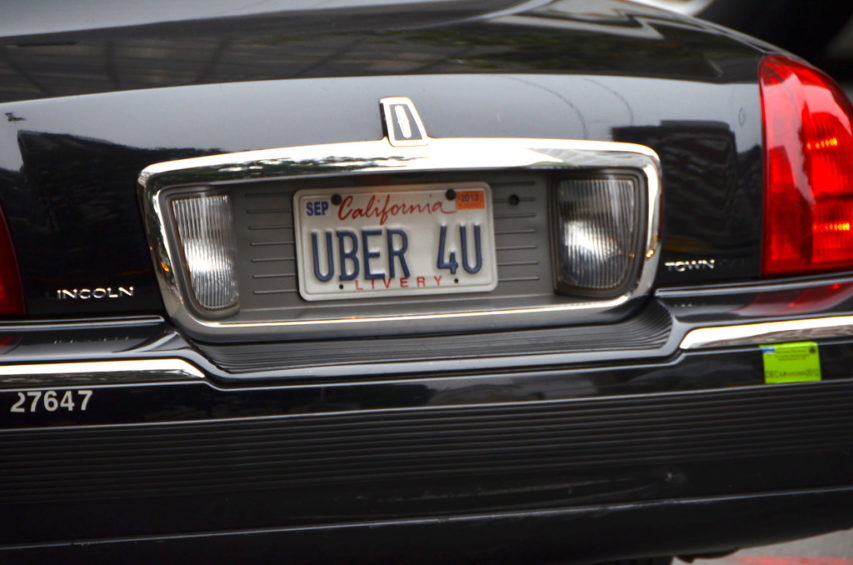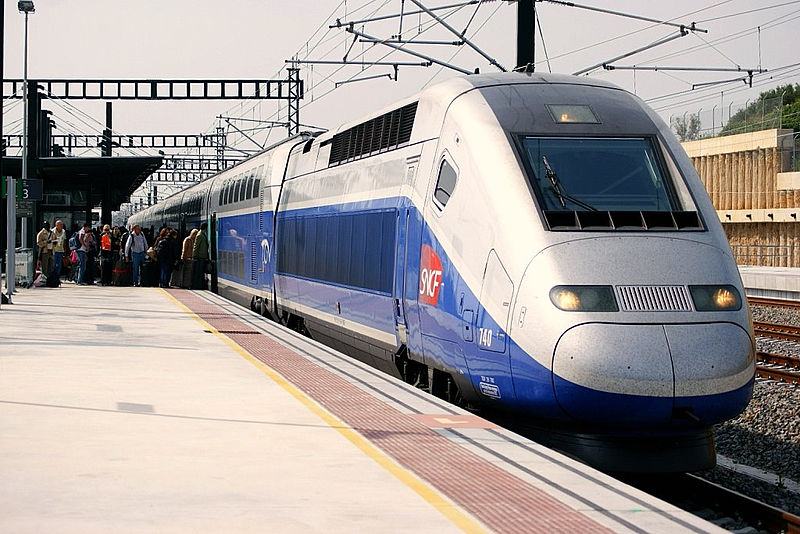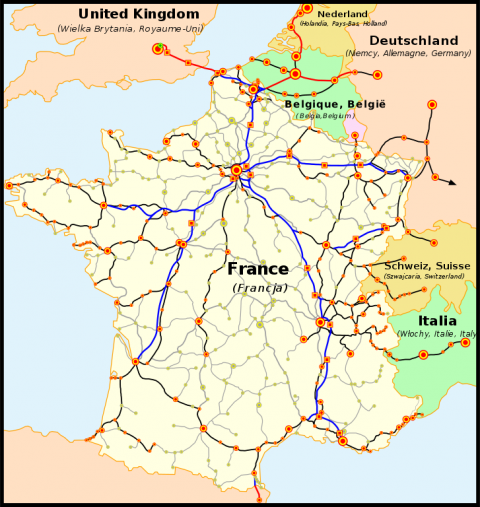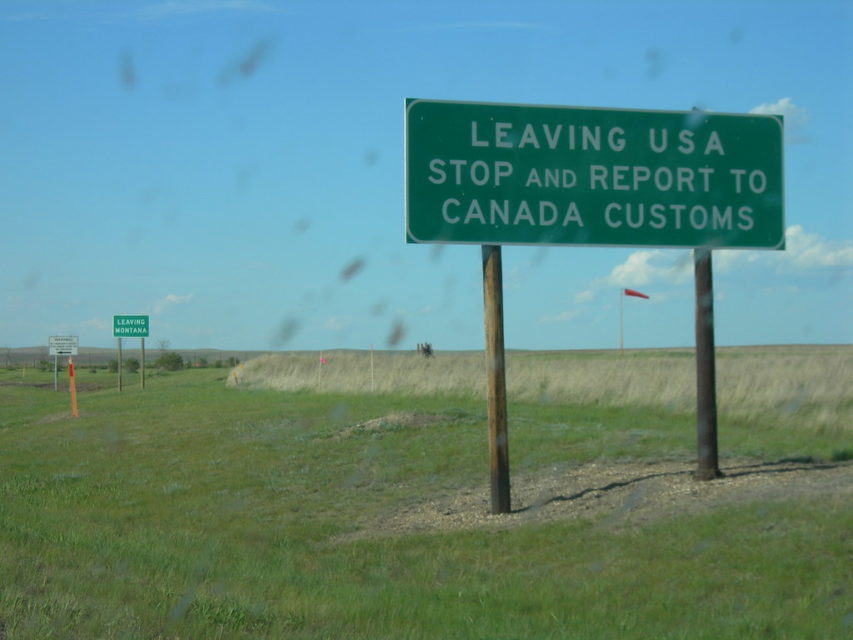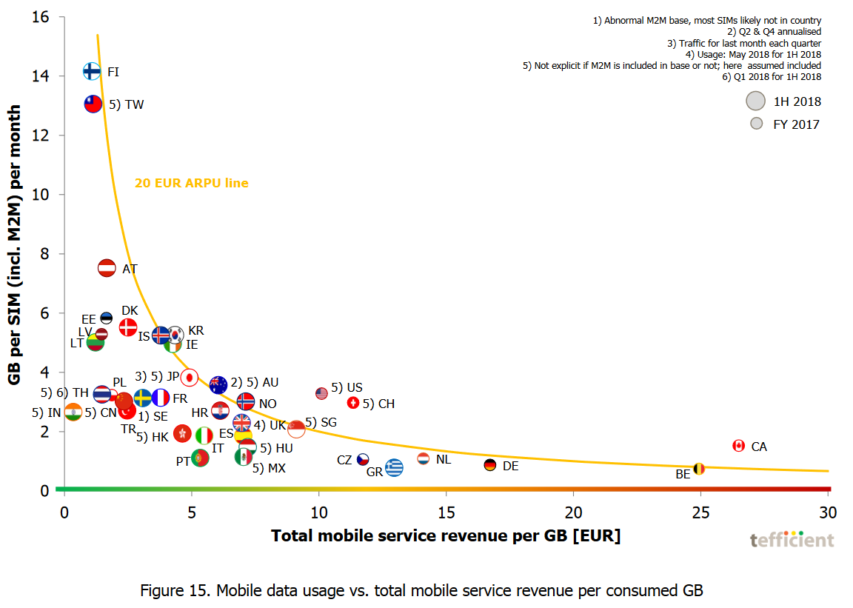Tim Worstall explains why a new push to mandate recycling rare earth from consumer electronic devices will be a really, really bad idea … so bad that it’ll waste more resources than are recovered by the recycling effort:
[Indium is] the thing that makes touchscreens work. Lovely stuff. Normally extracted as a byproduct of getting zinc from spharelite. Usual concentrations in the original mineral are 45 to 500 parts per million.
Now, note something important about a by product material like this. If we recycle indium we don’t in fact save any indium from spharelite. Because we mine spharelite for the zinc, the indium is just a bonus when we do. So, we recycle the indium we’re already using. We don’t process out the indium in our spharelite. We just take the same amount of zinc we always did and dump what we don’t want into the gangue, the waste.
So, note what’s happened. We recycle indium and yet we dig up exactly the same amount of indium we always did. We just don’t use what we’ve dug up – we’re not in fact saving that vital resource of indium at all.
[…]
The number of waste fluorescent lamps arising has been declining since 2013. In 2025, it is estimated there will be 92 tonnes of CRMs in waste fluorescent lamps (Ce: 10 tonnes, Eu: 4 tonnes, La: 13 tonnes, Tb: 4 tonnes and Y: 61 tonnes).
That would be the recovery from all fluorescent lamps in Europe being recycled. In a few – there’s not that much material so therefore only a few plants are needed, meaning considerable geographic spread – plants dotted around.
That’s $50k of cerium, about $100k of europium, $65k of lanthanum, $2.8 million of terbium and $2.2 million of yttrium. To all intents and purposes this is $5 million of material. For which we must have a Europe-wide collection system?
They do realise this is insane which is why they insist that this must be made law. Can’t have people not doing stupid things now, can we?
Just to give another example – not one they mention. As some will know I used to supply rare earths to the global lighting industry. One particular type uses scandium. In a quarter milligram quantity per bulb. Meaning that even with perfect recycling you need to collect 4 million bulbs to gain a kilo of scandium – worth $800.



